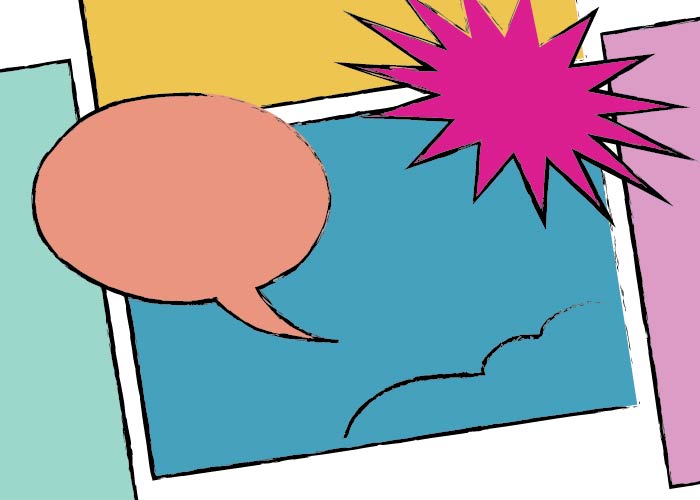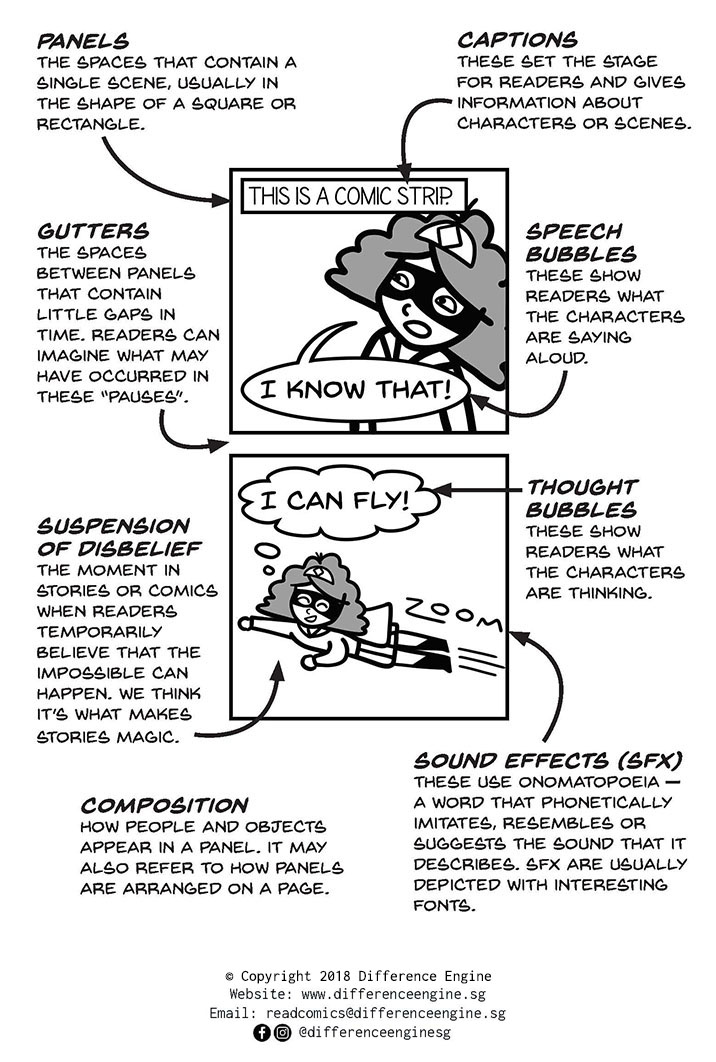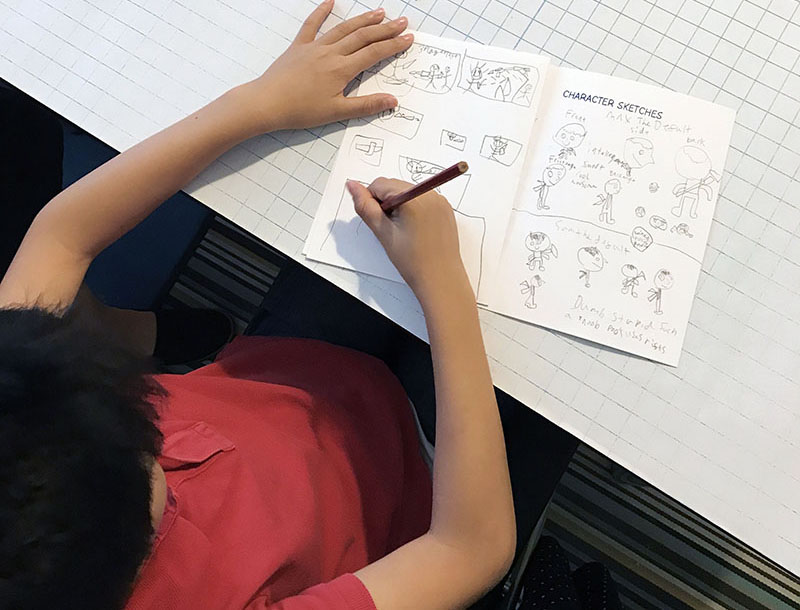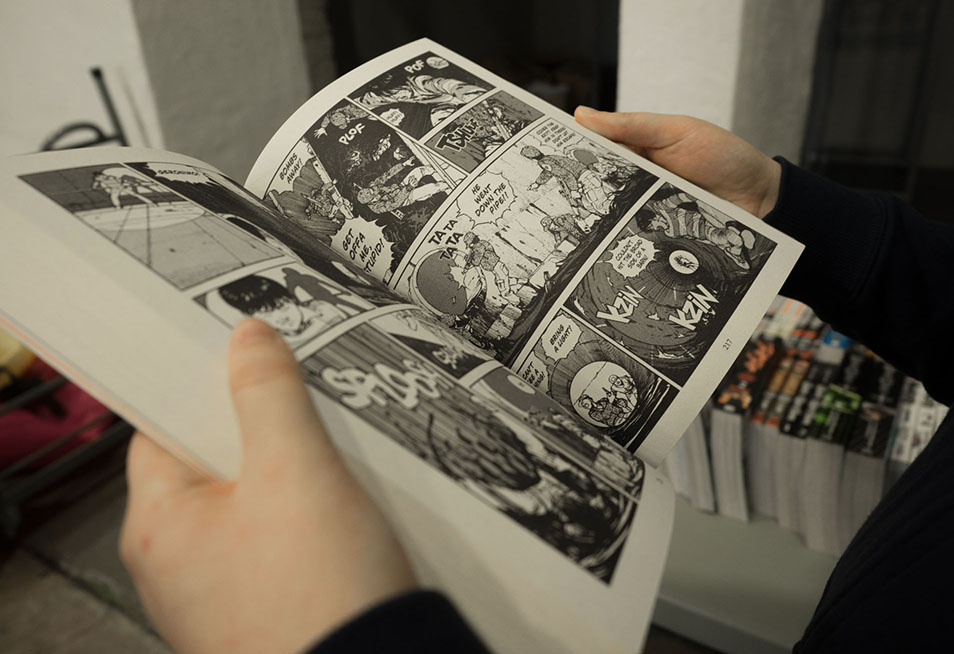Elements of Comics

Comics are a great way to get your children started on reading. By combining words and images, comics come across as approachable and can help to ease children into the world of books. If you are an educator or a parent, you can use comics in your arsenal of tools to help learning be more fun for the young ones.
As a form of literature, comics are immersive and can transport you to any fantasy land for hours. There are also comics that are more informative, which can be used to teach challenging subjects in a fun and entertaining way with dramatic storylines and characters.
Besides reading them, children can also create their very own comic strips easily. Read more about how drawing comics can help children express themselves in a fun way!
Understanding Comics Elements
Comics elements such as panels, gutters, and captions usually are understood intuitively. However, readers may not always be aware of, or exposed to the terminology of the elements. Educators and parents can explain these terms, such as speech and thought bubbles, to guide them in their reading journey. For readers who want to delve further into the mechanics behind comics, try explaining the choice of composition and colours in each panel.
If you know anyone who is unfamiliar with comics, here’s a great visual to explain the different elements of a comic strip:

Elements of a Comic Strip
You’re free to make copies of this image for educational uses, but please do not use it for profit. For more educational resources, head here.
We also conduct workshops on how to write and draw comics, for children, adults, and educators. Head over here to talk to us if you’re interested in working with us to hold a comics workshop for your organisation/institution.



